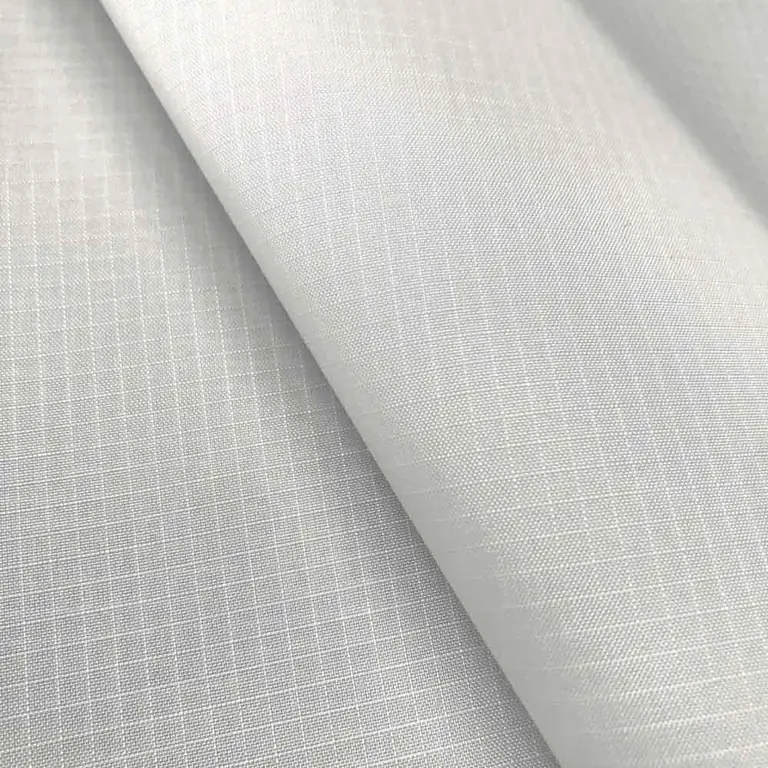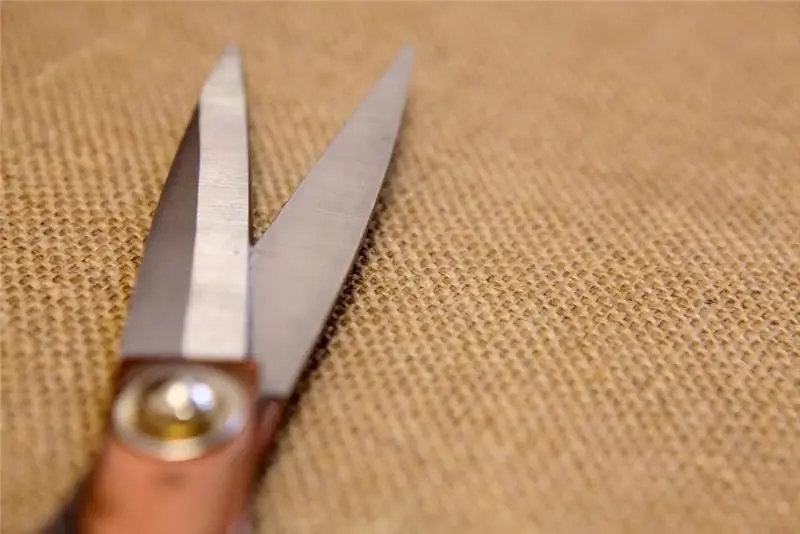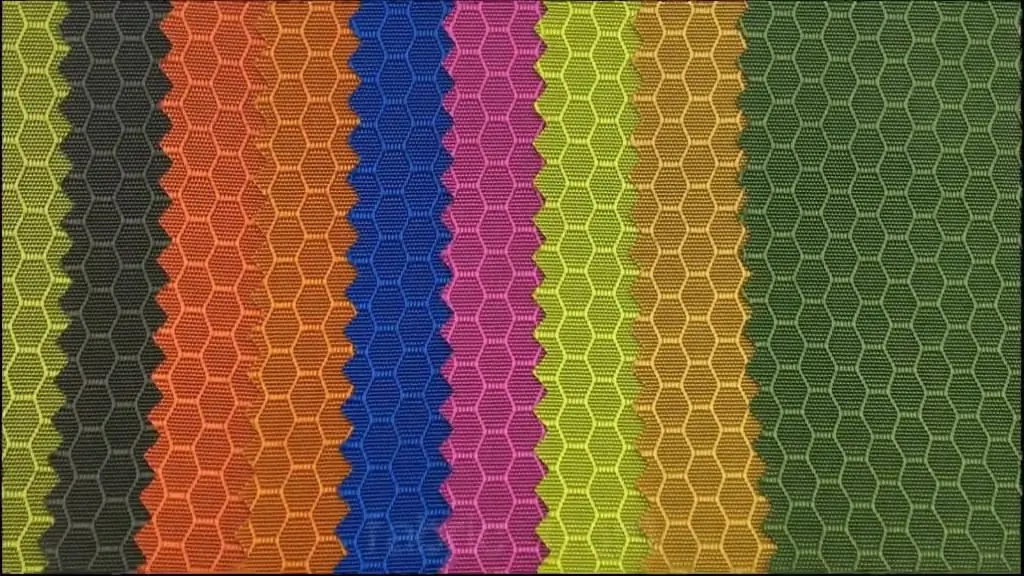2026 Author: Howard Calhoun | [email protected]. Last modified: 2025-01-24 13:10:39
Not everyone knows what dress fabric is. Many people think that this is a certain type of material, but it is not. What item from the women's wardrobe will never cease to be fashionable? Of course, the dress. After all, clothing of this type emphasizes the figure of the fairer sex, and, if necessary, hides its flaws. Dress fabric is not a variety, it is a material used for sewing dresses and suits.

Types of fabrics
Dress fabrics can be made from various components. But most often natural raw materials are used for the manufacture of such material. These fabrics include:
- Linen.
- Silk.
- Viscose.
- Jacquard.
Features of linen fabric
This dress fabric is always pleasant to the body. Clothing made of this material is simply indispensable in the heat. After all, linen is an airy and light material that can be safely called a body conditioner. Air always passes through such a fabric. This creates a feeling of coolness. In addition, dresses made of linen material look great on both thin and fat women.
Do not forget that this fabric is made fromnatural raw materials. Most often, the main variety of flax is used - long flax. This plant is grown according to a special technology, and harvested at a certain time. Flax fibers are used to make threads, which, in turn, are very thin. Thanks to this, the fabric is always light and airy.

Benefits of Flax
Linen suit and dress fabric has many advantages, among which the following are worth highlighting:
- easy care;
- lightness;
- environmental and natural;
- durability;
- breathable;
- retains softness, structure and color after washing;
- easy to sew and cut;
- does not cause allergies or irritation;
- natural antiseptic.
Natural silk
Silk is a dress fabric that always looks beautiful, festive and elegant. The material itself is luxurious, smooth and shiny. Most often, this fabric is used for the manufacture of evening dresses. What is silk? This is a protein material of natural origin.
Such a fabric is usually made from natural threads extracted from the cocoons of a silkworm or silkworm. The material is of different types. It all depends on the manufacturing technology, the density of the finished fabric and the thickness of the threads. Most often, crepe, crepe de chine, veil, taffeta, brocade, satin and chiffon are used to make dresses. These are all varieties of silk fabric.

The virtues of silk
This material is not inferior to other varieties of dress fabrics in terms of characteristics and properties. Among the advantages should be highlighted:
- Easy to wash and dries very quickly.
- Allows you to maintain optimal body temperature: it warms you in winter and cools you in summer.
- Has preventive properties. Doctors recommend wearing silk clothes for those who suffer from various kinds of dermatitis, arthritis, diseases of the cardiovascular system and rheumatism.
- High quality and natural material won't wrinkle.
Despite these advantages, this dress fabric, the composition of which is completely natural, has one major drawback. Silk gets dirty very quickly. It is worth noting that even a single drop of water will leave a mark on the dress.

Viscose products
This type of dress fabric is made from fibers that are produced by chemical processing of natural cellulose. The material is used for the manufacture of canvases of different densities. In this case, all kinds of technologies are used that allow you to create an imitation of more expensive fabrics, such as linen, cotton, wool or silk.
Dresses made from viscose look very similar to products made from more expensive natural materials. An outfit made of coupon fabric looks very nice, where the transition from a large to a smaller pattern is harmoniously made. This dress looks elegant andfestive.
Properties of viscose
Viscose, like other dress fabric, has a number of advantages, including:
- Glitter like silk. The exception is fabric treated with a special technology to simulate a more matte finish.
- The material is very soft and pleasant to the touch.
- The finished product has neat folds.
- Viscose has a high hygroscopicity. The material is able to absorb moisture quickly and in large enough quantities.
- Does not wrinkle.
- Does not electrify.

Jacquard for beautiful ladies
Jacquard outfits are associated with dresses of court ladies and queens. Brilliant shimmers, intricate ornaments and unique patterns - these elements make any outfit luxurious. However, jacquard dresses are ideal not only for celebrations, but also for everyday wear.
This dress fabric is a material that is woven by weaving a sufficiently large number of fibers. This allows you to make the structure of the canvas more dense. It is worth noting that jacquard fabrics can be not only natural, but synthetic and combined. It all depends on the raw materials used to make the threads.
What makes jacquard so attractive
This dress fabric has a number of advantages worth mentioning. Material First:
- high strength;
- durable;
- is light weight despite stiffness and density;
- does not change appearance with temperature changes;
- does not wrinkle;
- does not cause allergies;
- repels dust.

Fabric coarse calico
Dress fabric of this type is used extremely rarely. Its main drawback is the lack of shine. Coarse calico is a cotton material made by weaving threads crosswise. The surface of such a fabric is always matte and even in appearance. Among the advantages of the material it is worth highlighting:
- hygroscopicity;
- does not electrify;
- relatively low cost;
- breathable;
- feel good;
- does not cause allergies or irritation;
- washes well and does not lose its appearance after many washing and drying cycles;
- durable fabric;
- easy to iron.
Finally
The rules for caring for dresses depend on many factors. First of all, it is worth considering the raw materials that were used to make the fabric and the technology of its production. Most often, manufacturers indicate on the labels the full composition of the dress material, as well as recommendations for caring for it. Some outfits are not recommended to be washed at home. In this case, you should take the dress to the dry cleaners.
Recommended:
Rip-stop fabric: what is it, composition, characteristics, weaving threads and application

Rip-stop fabric - what is it? This is a high-strength material that has a combined weaving structure with reinforced yarn. It has many modifications. Rip-stop fabric is used for sewing all kinds of uniforms and things for recreation and sports, expeditions and hiking, fishing and hunting, overalls. Consider what composition it has, what properties it has
Jute fabric: description with photo, structure, fabric composition and application

Jute fabric is widely used to make a variety of products. In most cases, such material is, of course, used for sewing packaging bags. But jute can also be made, for example, water filters, various kinds of decorative crafts, screens, etc
Sewing household overlock: description, characteristics, types, prices

In our time, sewing equipment is available to everyone. There are various models of sewing devices on sale that allow you to perform a full cycle of sewing operations at home. One of these machines is a household overlocker
Industrial sewing machines: overview, description, classes, specifications and reviews

Industrial sewing machines are made in various types and have their own class. In order to understand the models, you should consider the main manufacturers and find out consumer reviews
Ripstop fabric: what is it, composition, characteristics, purpose and application

When asked if it is a ripstop fabric, the answer is usually about a durable material. However, the name unites a whole category of very durable materials that are produced using a special technology. It comes from the English phrase (rip - tear, stop - cessation)

